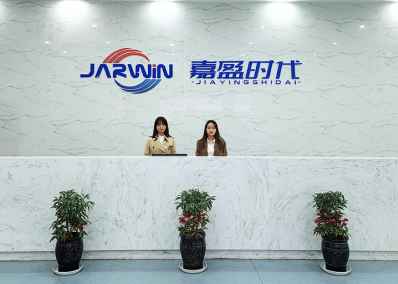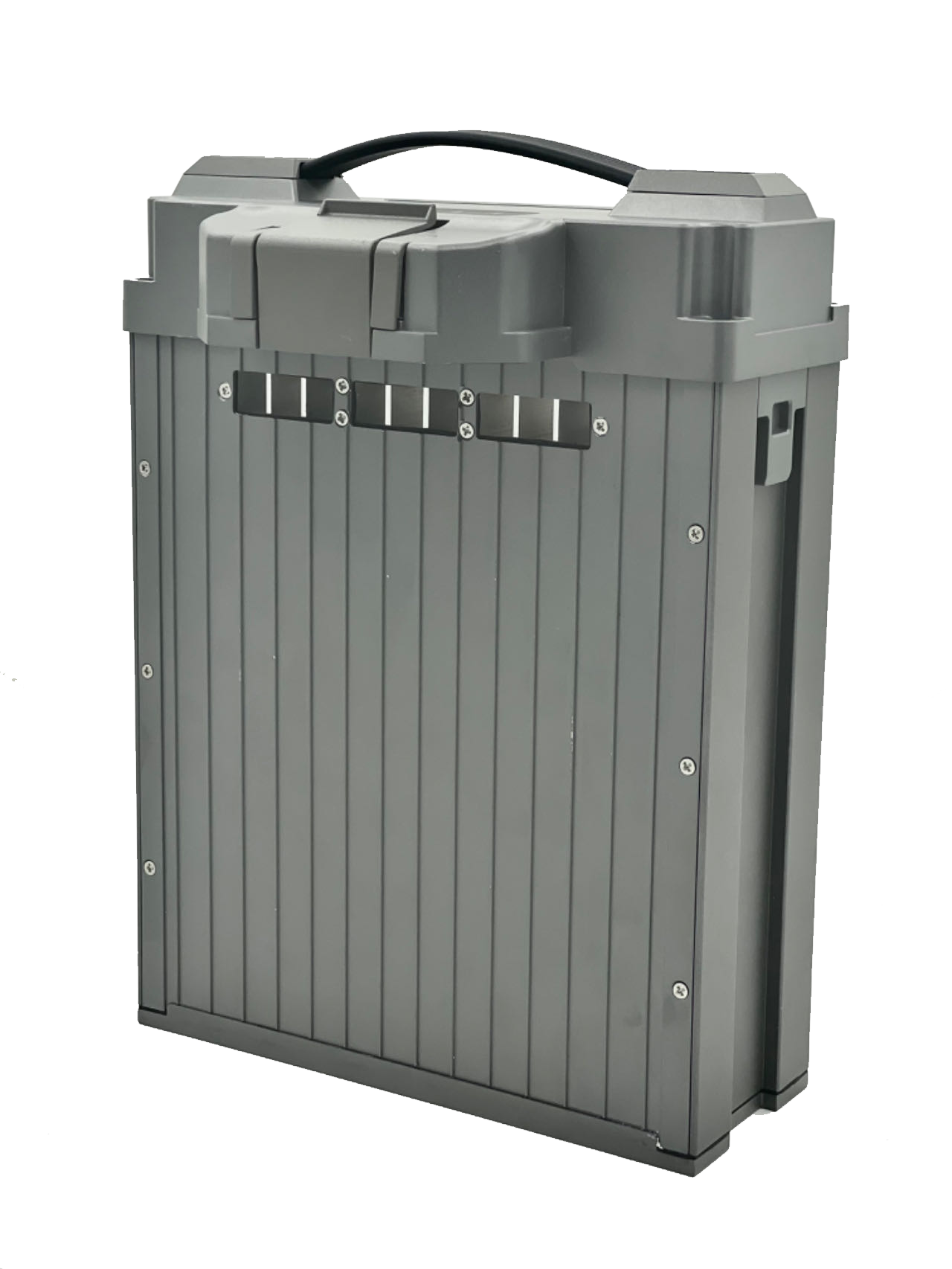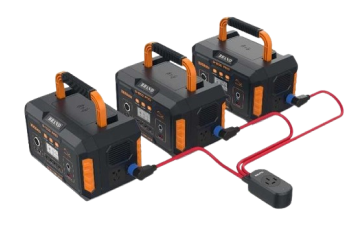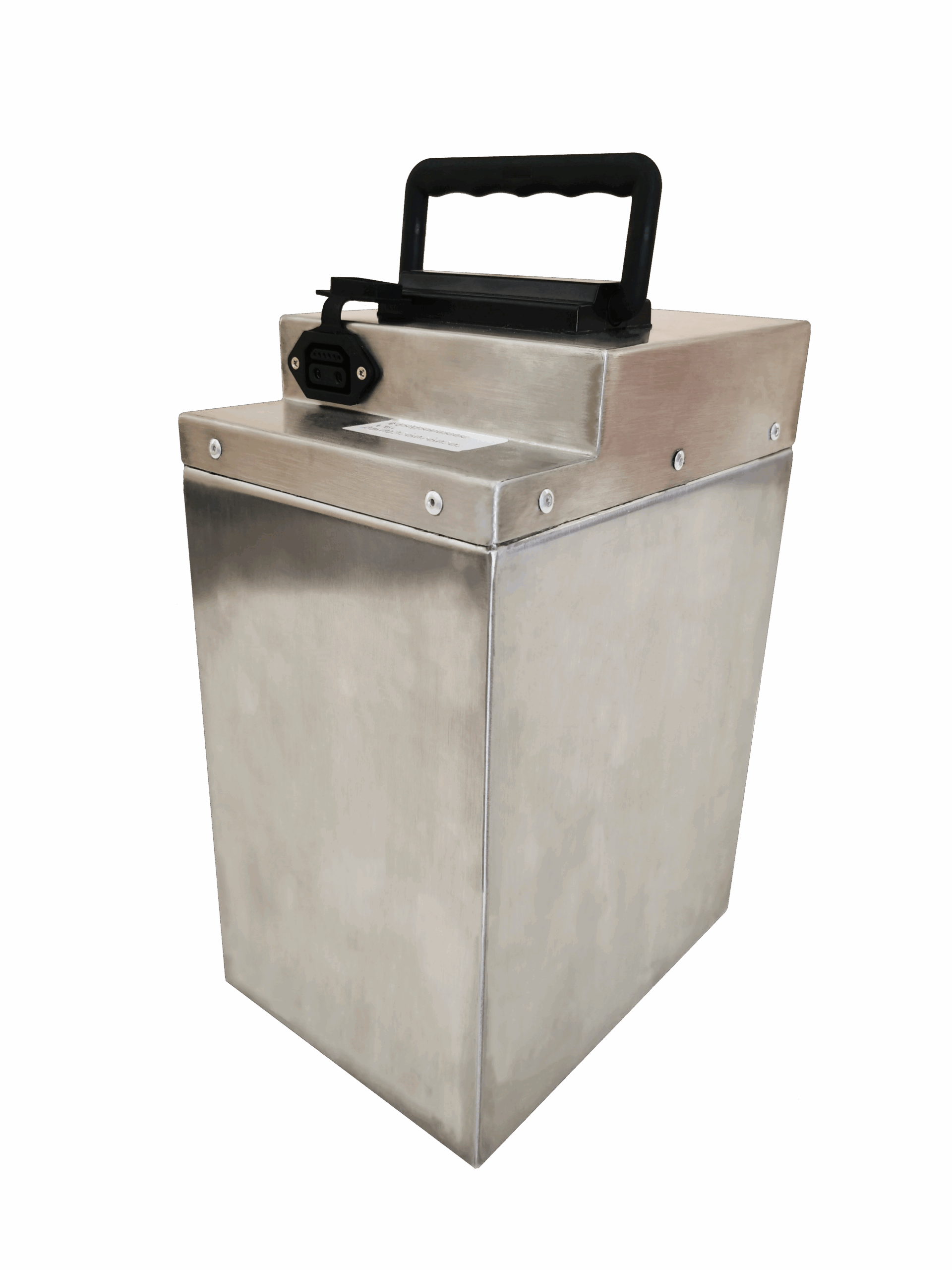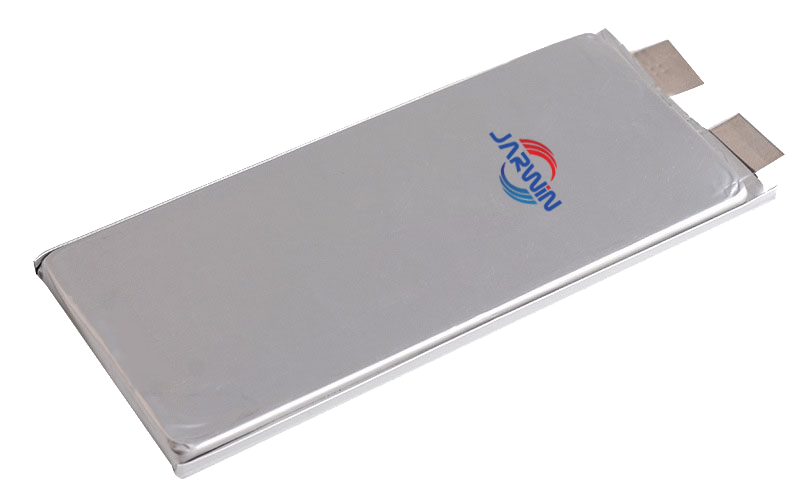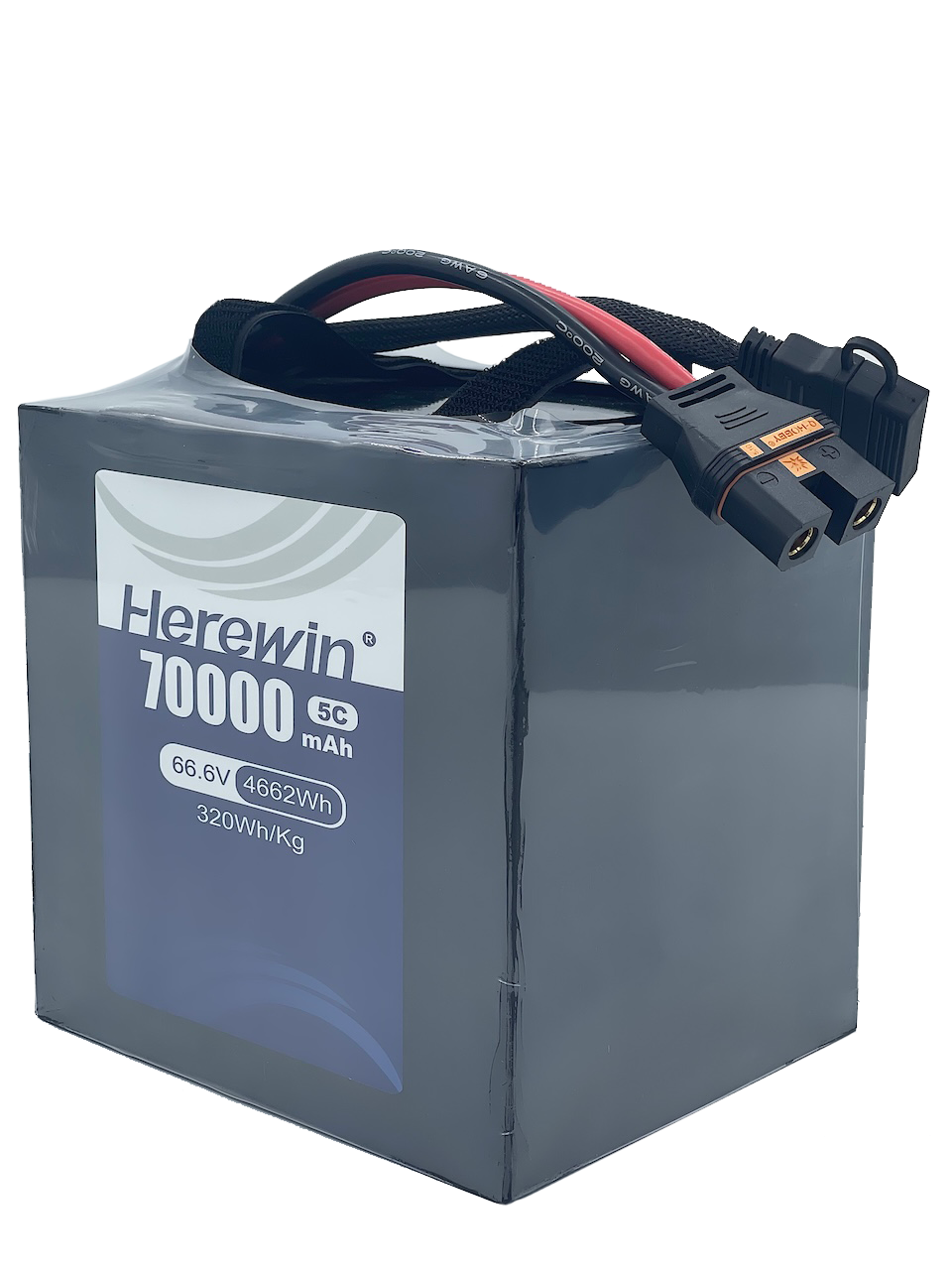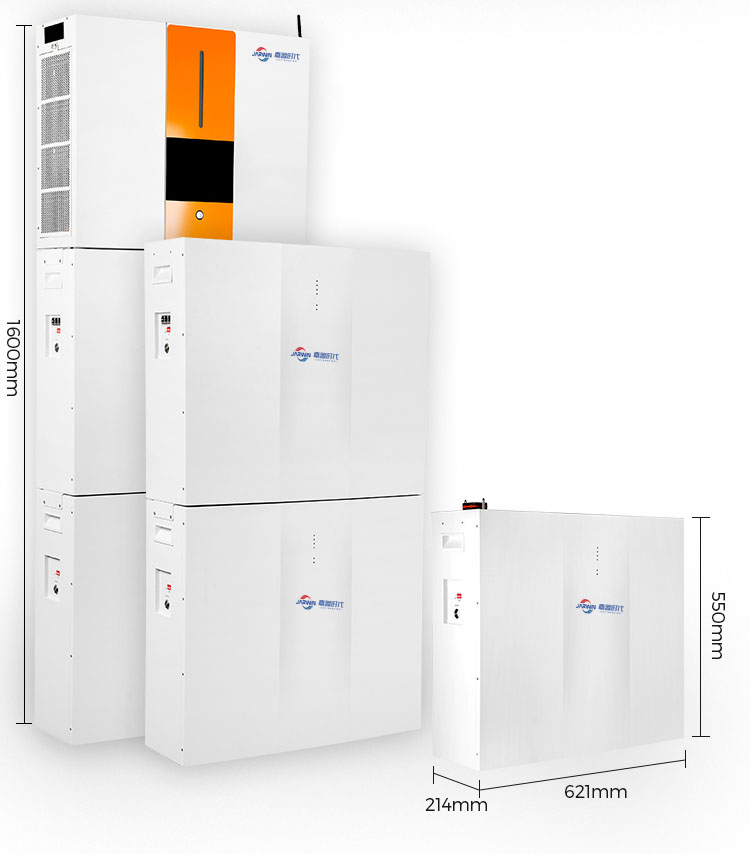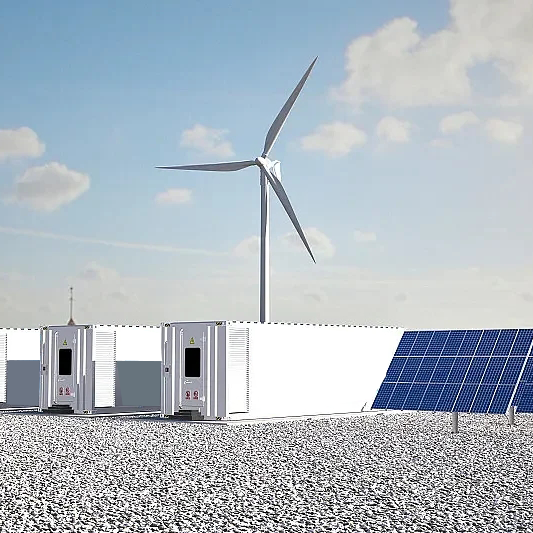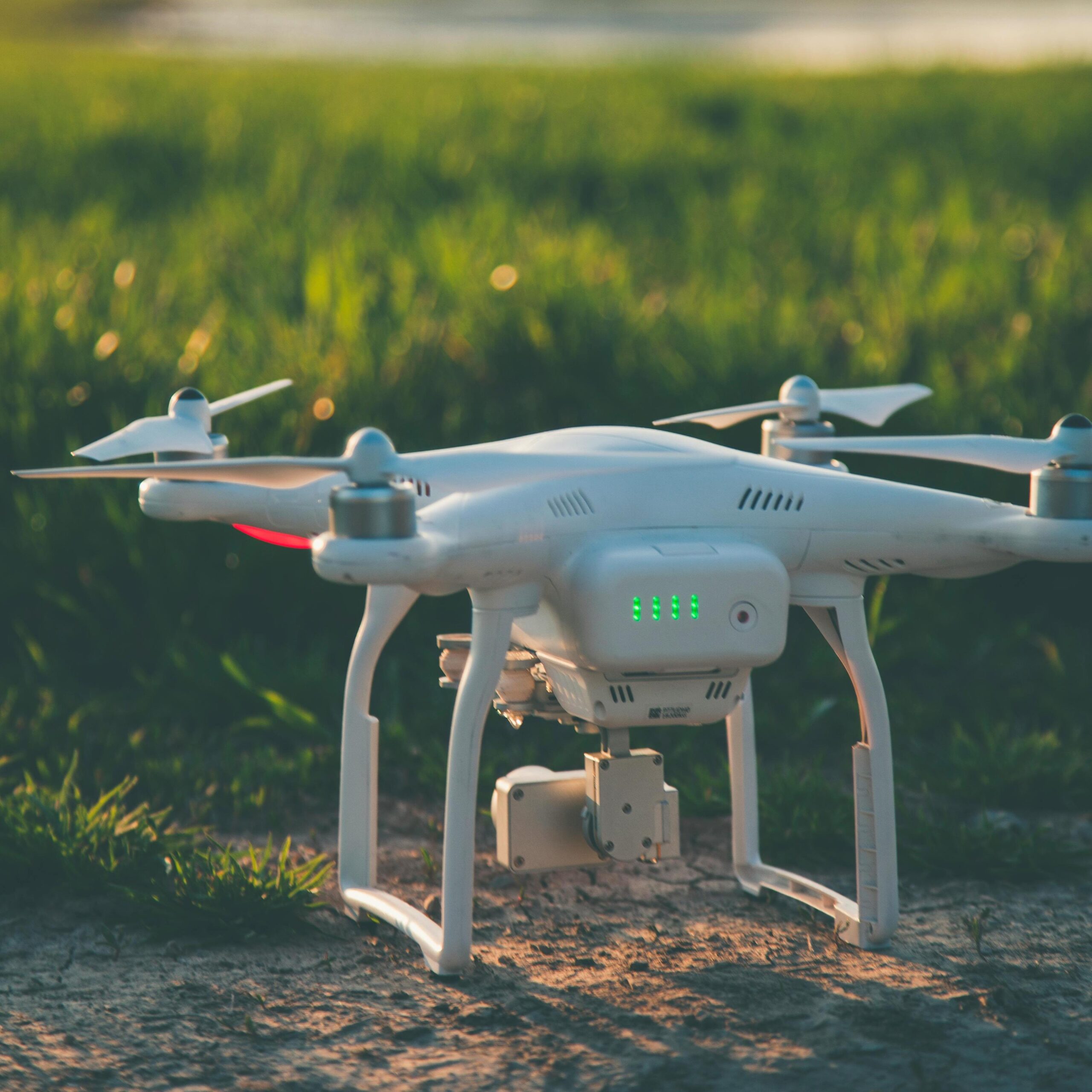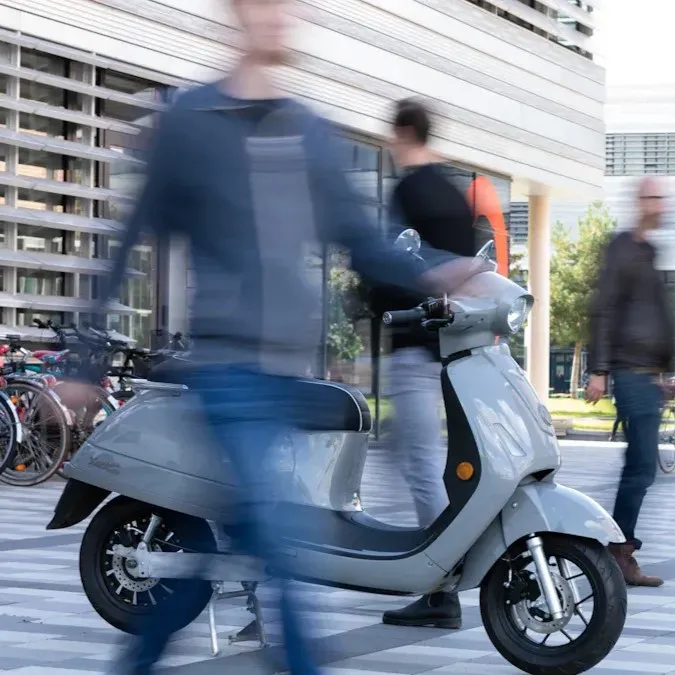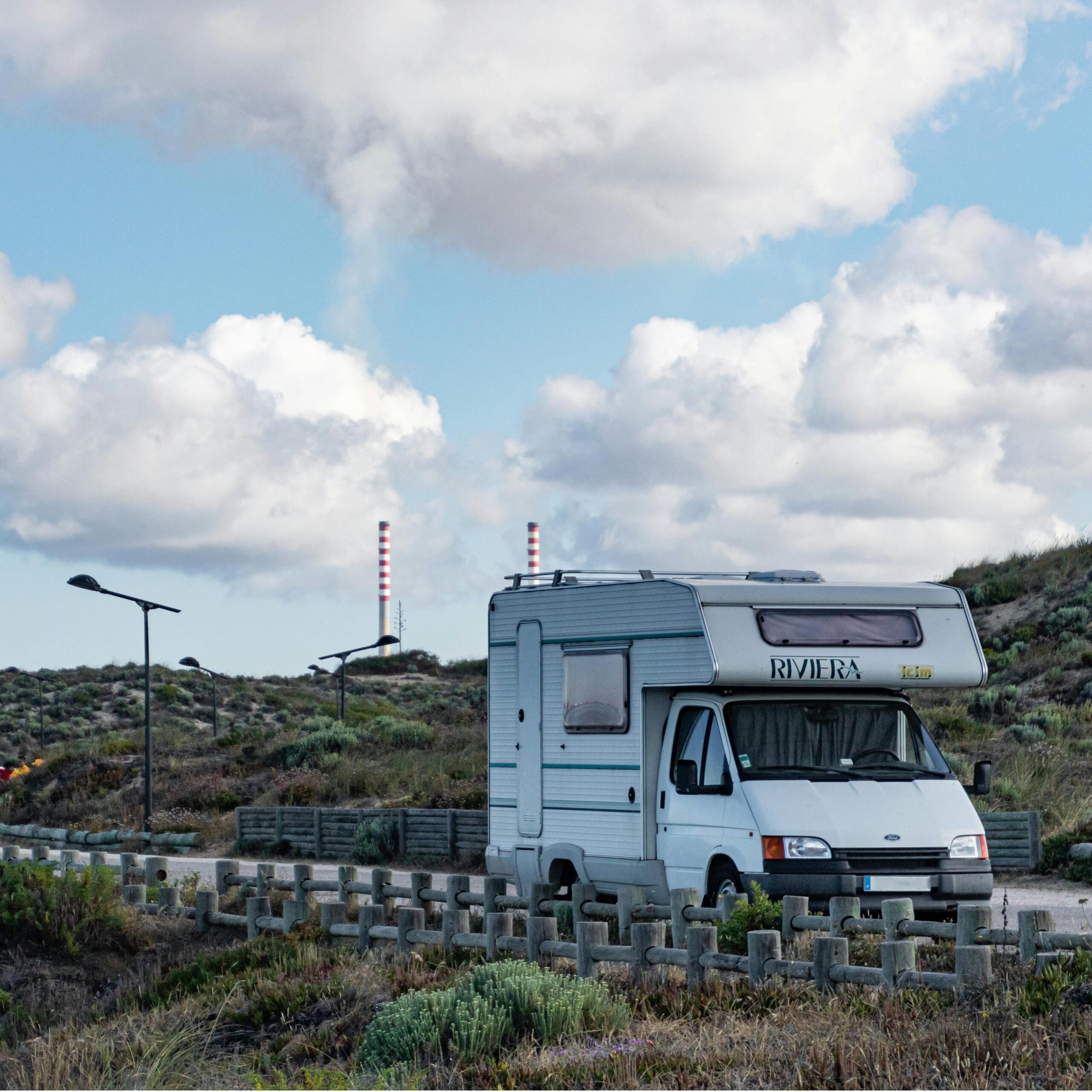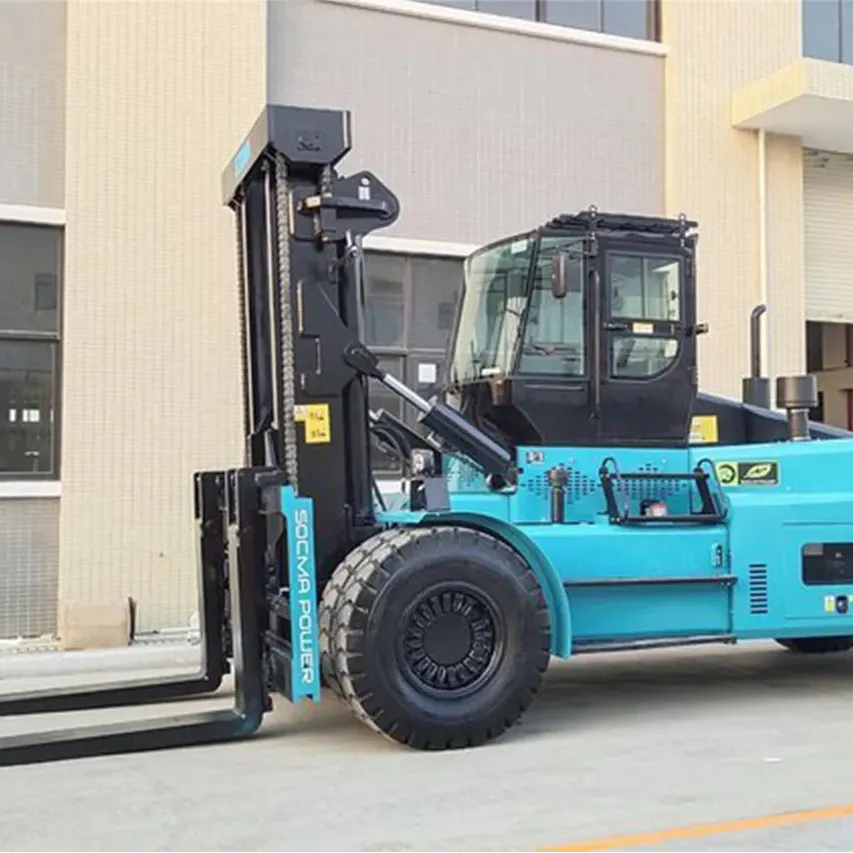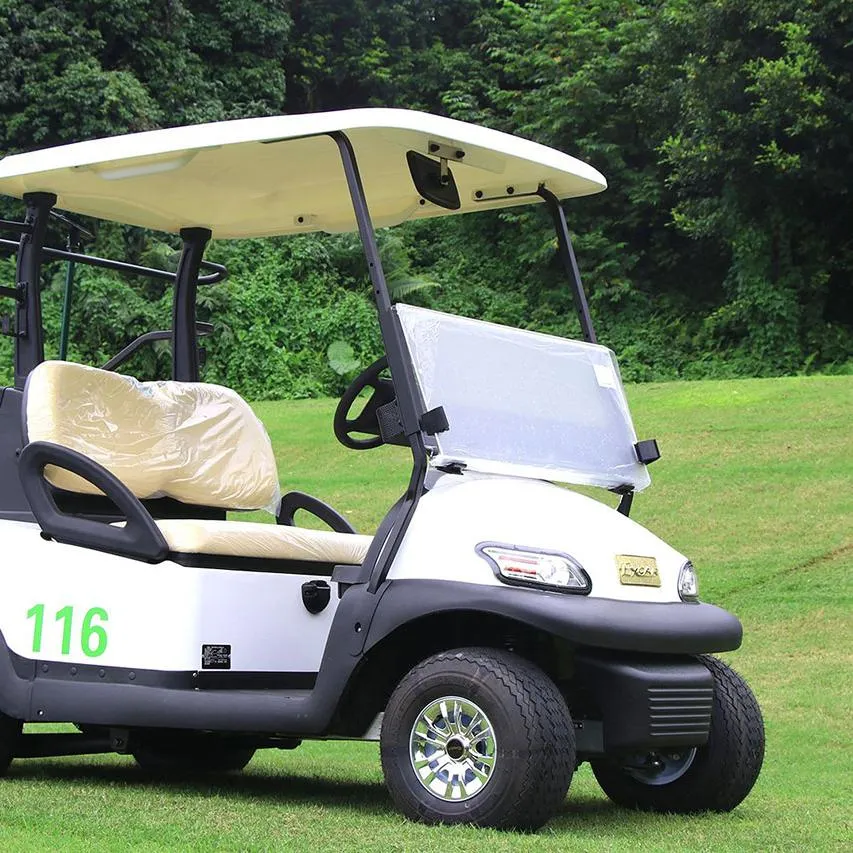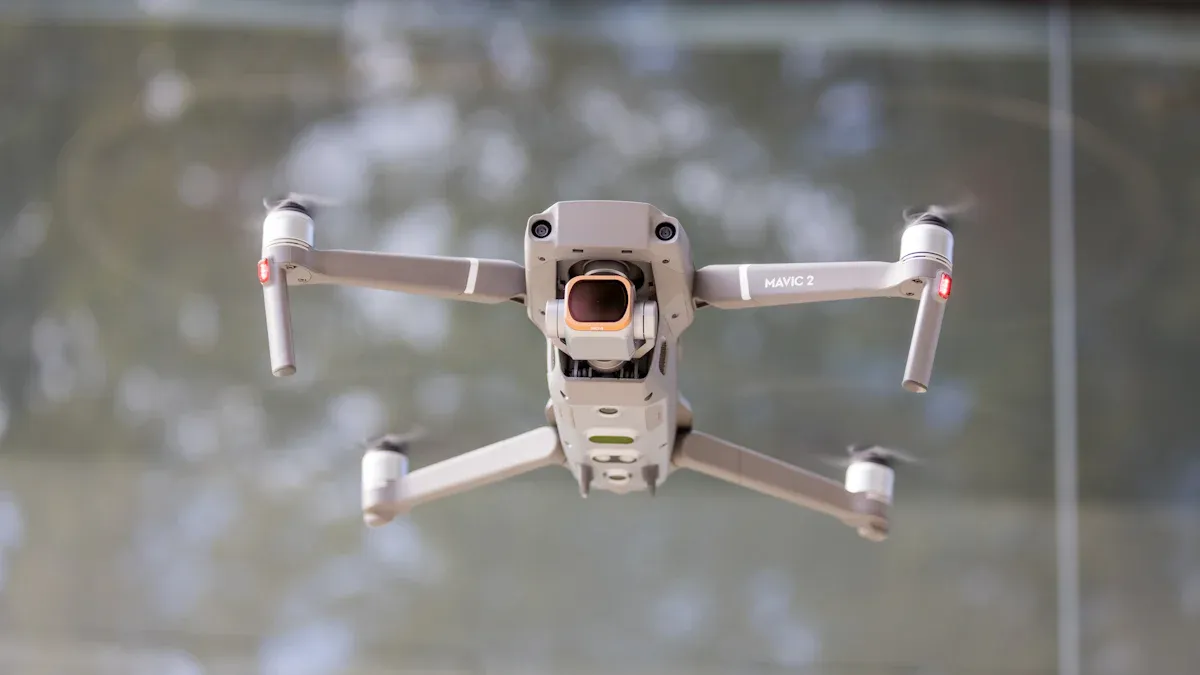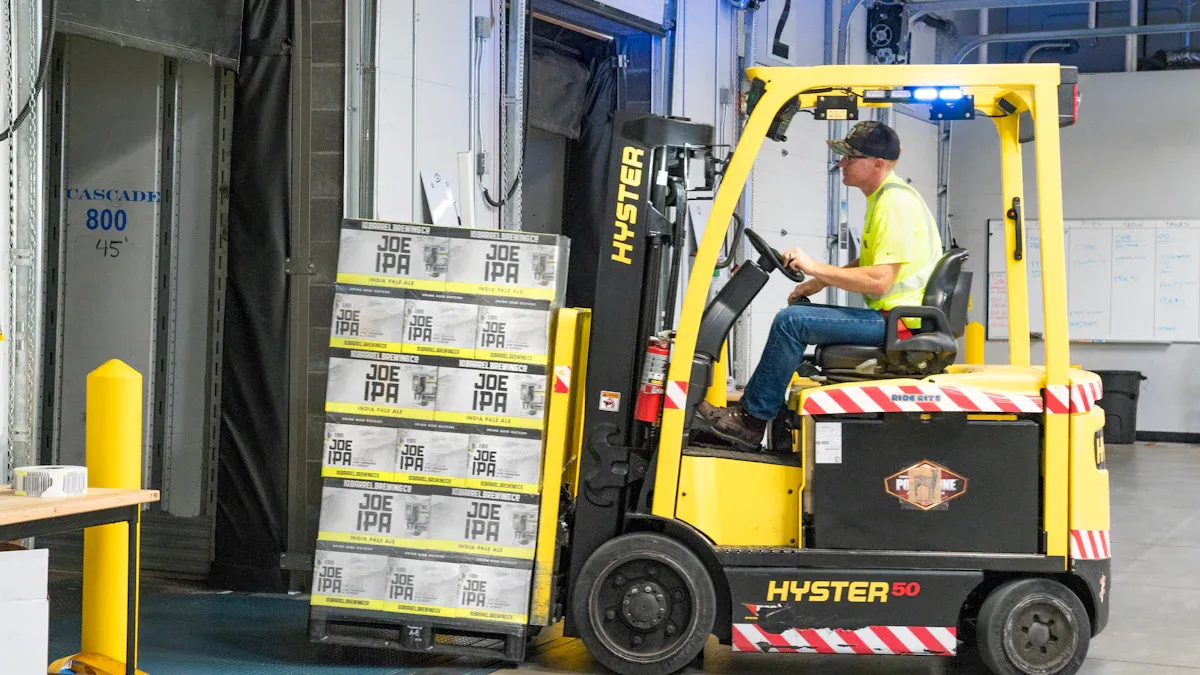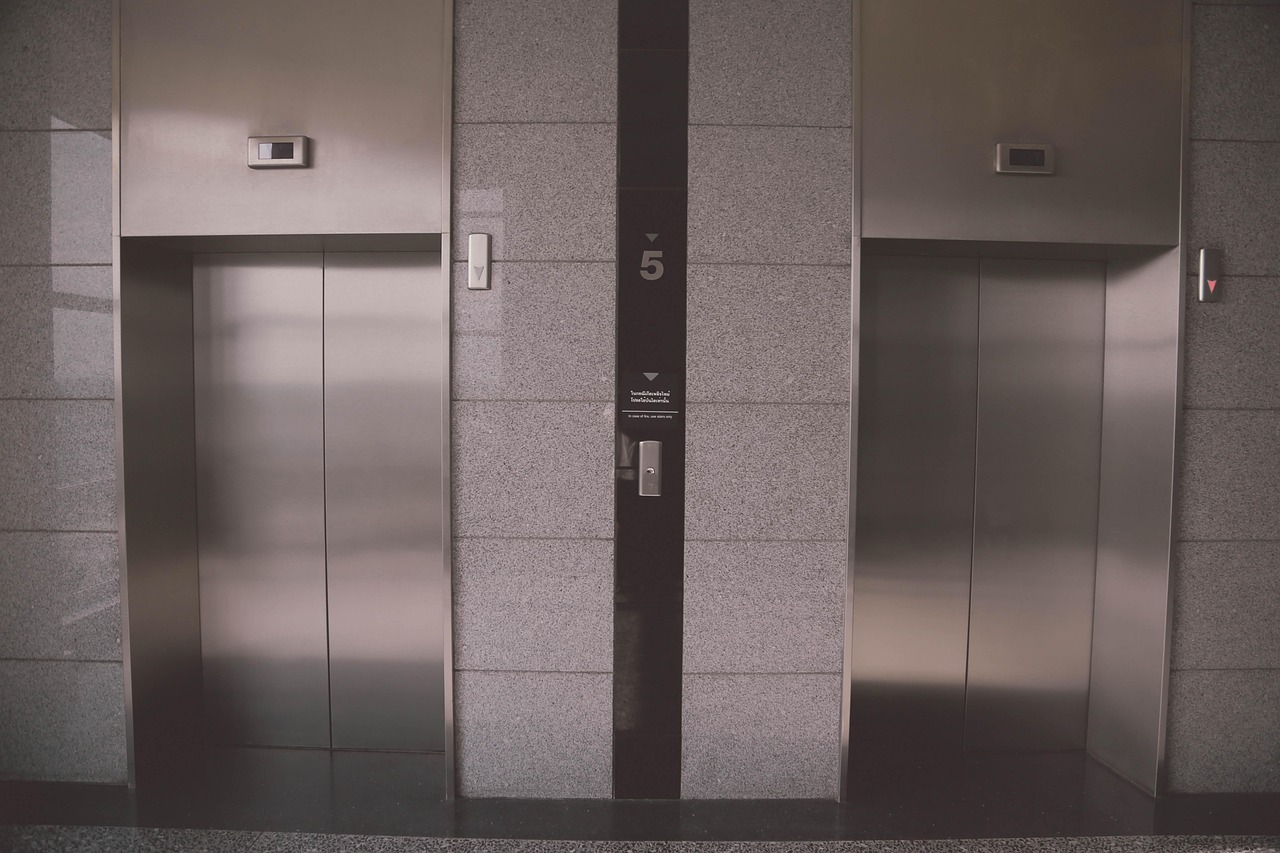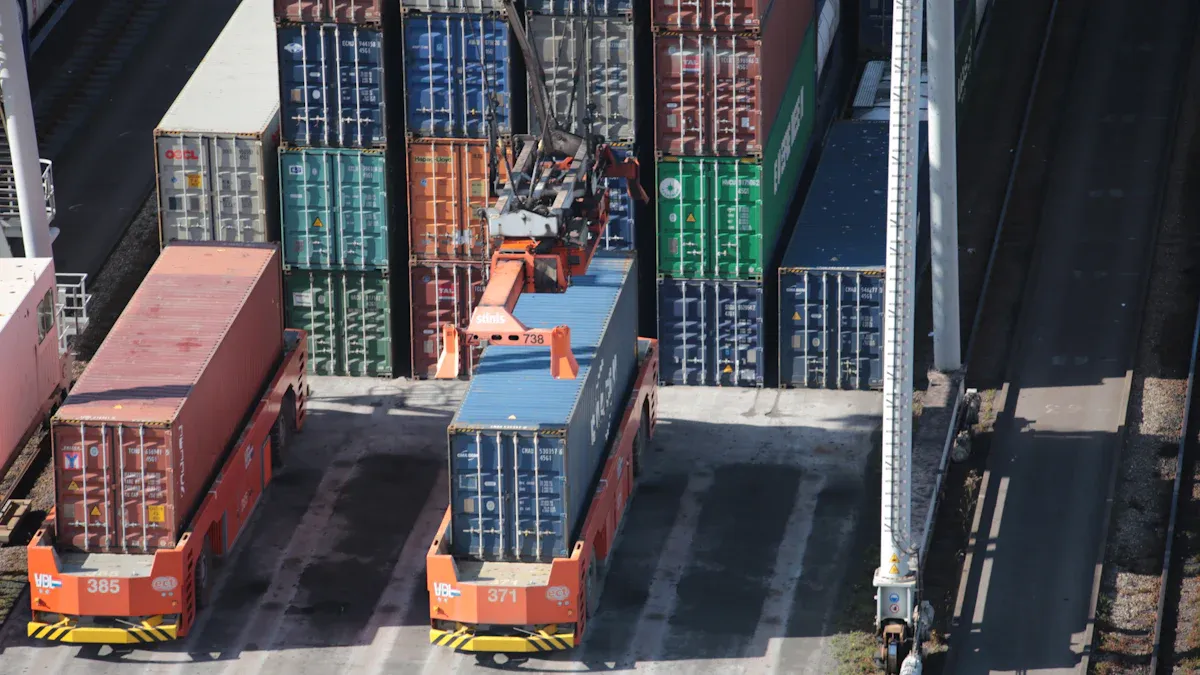
Two-wheeler Lithium Battery solutions are a better choice for Indian riders. These batteries have many clear benefits:
-
They store more energy and let you go farther.
-
They are lighter, so bikes work better.
-
They charge much faster.
-
They last longer than other batteries.
-
They need very little care.
-
They help the environment.
More people in India want these batteries now. This is because electric vehicles are popular and the government gives support. Brands like herewinpower are leading this change. They make Semi-Solid State Batteries that are safer and more reliable. These batteries are also better for the planet. Riders who want better safety and performance should think about switching now.
주요 내용
-
Two-wheeler lithium batteries are much lighter than lead-acid batteries. They last longer and charge faster too. This gives riders better performance and longer trips.
-
These batteries need very little care. They have safety systems inside. These systems stop overheating and overcharging. This makes them safer for Indian weather.
-
Using lithium batteries helps the environment. It lowers pollution and supports cleaner transport in India.
-
Herewinpower makes high-quality lithium battery cells for India. These batteries have waterproofing and last a long time. They give strong power for city riding.
애플리케이션
India is one of the world’s fastest-growing markets for electric two-wheelers, driven by rising fuel costs, urban congestion, and government incentives for cleaner transport. As the backbone of this transition, battery technology plays a critical role—not just in powering the vehicles, but in shaping the economics, usability, and scalability of electric mobility. Across India’s diverse mobility needs, semi-solid lithium battery technology is emerging as a transformative solution, offering enhanced safety, range, and durability for real-world conditions. Here are four of the most common use cases where battery performance directly affects outcomes:
Food Delivery Services
From Delhi to Mumbai, tens of thousands of food delivery riders working with platforms like Zomato, Swiggy, and Uber Eats rely on two-wheelers to make over a hundred deliveries per day. These riders typically travel 80–120 km daily, often under tight timelines, in dense traffic, and harsh weather conditions.
-
It must offer consistent high energy output to handle frequent stops and quick accelerations.
-
Riders need minimal downtime, so fast charging or easy swapping is crucial.
-
Given high usage intensity, cycle life becomes an economic factor — batteries must endure hundreds of partial charges without significant degradation.
-
As urban summers can hit over 45°C, thermal stability becomes essential to prevent overheating or capacity drop.
Last-Mile Logistics
In e-commerce hubs like Bengaluru, Pune, and Hyderabad, electric two-wheelers are increasingly used for last-mile delivery by companies like Amazon India, Flipkart, and Delhivery. These vehicles often carry payloads, navigate mixed urban terrain, and run for 10–12 hours daily.
The battery requirements here differ from commuting:
-
Power output must remain stable even under heavy load, especially on inclined roads or poor infrastructure.
-
Since vehicles are often used across multiple shifts, batteries must support multiple charge/discharge cycles per day.
-
Rain, dust, and temperature swings demand robust casing and waterproofing.
-
Fleet operators require smart monitoring systems (BMS) to track health, schedule replacement, and avoid service downtime.
Advanced lithium batteries with semi-solid-state chemistry are especially suitable for such rugged, high-frequency use due to their longer life, safer operation, and ability to handle fast, high-current charging.
Urban Commuting
City commuters need lightweight, low-maintenance, and safe power solutions for daily travel.
-
The lightweight design of semi-solid batteries makes riding easier and more efficient.
-
With a low self-discharge rate (<1% per month), users can park for days without worrying about battery drain.
Battery Swapping for Shared Mobility & Fleets
Battery swapping networks are expanding rapidly in metro areas like Delhi NCR, Bengaluru, and Ahmedabad, driven by services like Yulu, Bounce, and eBikeGo. In these systems, batteries are removed and replaced at dedicated stations, allowing continuous vehicle use without waiting for a full charge.
For this business model to succeed, batteries must be:
-
Modular and standardized for fast, easy swapping
-
Capable of thousands of partial charge cycles without significant degradation
-
Integrated with smart tracking systems to support inventory, safety, and analytics
-
Consistent in output and thermal behavior, regardless of how frequently they’re swapped or how roughly they’re handled
In these high-volume networks, battery performance directly affects operating costs and customer satisfaction. Semi-solid lithium batteries, with their stable electrochemical structure and reduced risk of thermal runaway, are ideally suited to deliver predictable, safe power in such environments. Companies like Herewin are actively supporting such applications with battery solutions engineered for swap-readiness and fleet-level durability.
Lithium vs. Lead-Acid
Technology Overview
Lithium and lead-acid batteries work in different ways:
Lead-acid batteries use thick lead plates and a liquid sulfuric acid electrolyte. This structure makes them heavy and bulky. They generate electricity through a reversible chemical reaction between lead and acid. While they can deliver high surge currents, they have lower energy density and shorter lifespans.
리튬 이온 배터리 use thin electrode layers and a liquid or polymer-based electrolyte. Energy is stored and released as lithium ions move between the anode and cathode. This design allows for higher energy density, faster charging, longer cycle life, and significantly lower weight. These features make lithium batteries ideal for electric two-wheelers and portable power applications.
|
기능 |
Lead-Acid Battery |
Lithium-Ion Battery |
|---|---|---|
|
Voltage per Cell |
Between 3.2 to 3.7 volts |
|
|
에너지 밀도 |
Lower (like 1.2 kWh for 100Ah) |
Higher (like 2.4 kWh for 100Ah) |
|
Weight (for 100Ah) |
Heavier (60-70 pounds) |
Lighter (30-40 pounds) |
|
주기 수명 |
Shorter (200-300 cycles) |
Much longer (2000-5000 cycles) |
|
Maintenance |
Needs regular care |
Maintenance-free (sealed design) |
|
Usable Capacity |
Only up to 50% used |
80-100% can be used |
Lithium batteries can charge in 2 to 4 hours. Lead-acid batteries need 8 to 16 hours to charge. You can charge lithium batteries partway without hurting them. This is good for busy Indian riders.
Why Choose Two-Wheeler Lithium Battery?
Key Benefits
India’s electric two-wheeler market is rapidly expanding, driven by increasing environmental awareness, government incentives, and rising fuel costs. Lithium-ion batteries have emerged as the preferred power source for these vehicles due to their superior performance and efficiency compared to traditional lead-acid batteries.
-
Higher Energy Density: Lithium batteries hold more energy in less space. They give 260-270 Wh/kg. Lead-acid batteries only give 50-100 Wh/kg. This means the battery is lighter. You can ride longer on one charge.
-
Lightweight Design: These batteries are 50-60% lighter than lead-acid ones. A lighter battery makes the bike easier to move. It also helps the bike speed up faster.
-
Longer Range and Faster Charging: Riders can go farther and charge quicker. Lithium batteries charge fast. This is great for busy city life.
-
Minimal Maintenance: Lead-acid batteries need checks and topping up. Lithium batteries almost never need care.
-
Enhanced Safety: Battery Management Systems (BMS) keep the battery safe. They stop overcharging, overheating, and short circuits. This keeps the battery safe even in India’s hot weather.
-
Environmental Benefits: Lithium batteries are better for the earth. They help India use cleaner transport.
Note: The Indian government has rules like the FAME II scheme and lower GST. These make lithium batteries cheaper and easier to buy. These rules help more people use Two-Wheeler Lithium Battery solutions.
Performance and Lifespan
Performance and lifespan make Two-Wheeler Lithium Battery solutions stand out. Tests in India show lithium batteries work better in heat and on rough roads.
-
Lithium batteries last up to ten times longer than lead-acid ones. Riders get 3 to 5 years of use. Some batteries last up to 1500 charges.
-
Lead-acid batteries last only 2 to 3 years. They give about 400 deep charges. They lose power fast, especially in heat and on bumpy roads.
-
BMS in lithium batteries keeps them safe and working well. They work even when it is hotter than 40°C. Many Indian cities get this hot.
-
Lithium batteries give steady power and range as they get older. Lead-acid batteries lose power faster. This means shorter rides and more battery changes.
-
Over time, lithium batteries save money. They need fewer changes and less care.
|
Battery Type |
Average Lifespan (Years) |
Charge Cycles (Deep Charges) |
Maintenance Needs |
Weight |
|---|---|---|---|---|
|
Lithium-ion |
3 to 5 |
300 to 1500+ |
Minimal |
50-60% lighter |
|
Lead-acid |
2 to 3 |
~400 |
Regular checks required |
Heavier |
Two-Wheeler Lithium Battery solutions let riders go on longer trips. They charge faster and need less care. These benefits make them a smart choice for anyone who wants to upgrade their two-wheeler in India.
Herewinpower Battery Solutions
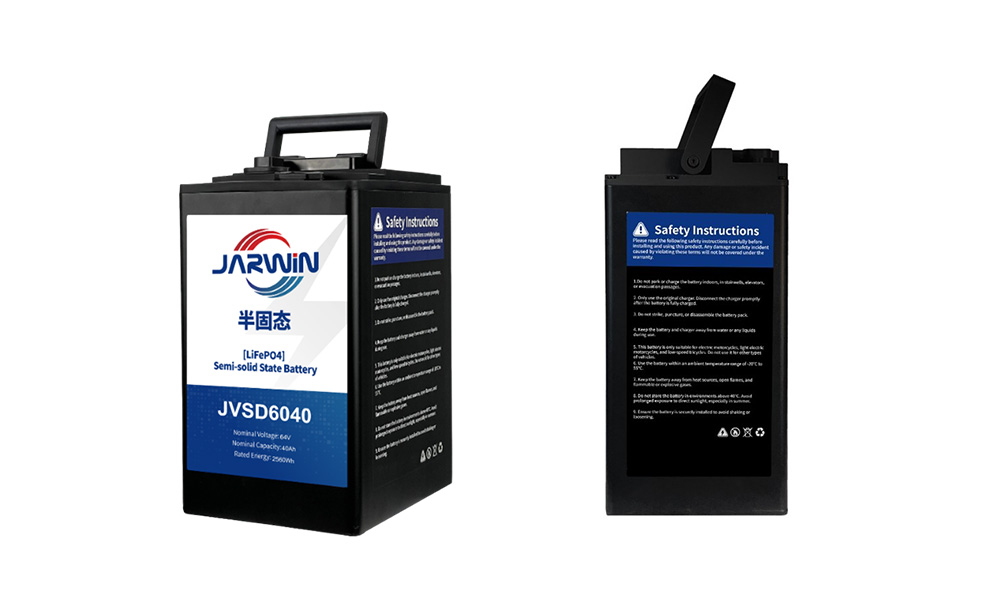
Herewinpower is a leading lithium battery manufacturer with over 20 years of experience. In India’s fast-growing battery swapping sector, Herewinpower provides high-performance solutions for electric two-wheelers used in delivery, commuting, and ride-sharing. Its LFP-20S-40Ah semi-solid battery is designed for safety, durability, and long range — ideal for cities like Delhi, Bengaluru, and Hyderabad where riders rely on frequent swaps and long daily rides.
Product Features
Herewinpower’s semi-solid lithium battery cells are made with cutting-edge technology and durable materials. Key features include:
-
Semi-Solid LFP Chemistry: Ensures thermal stability and high safety.
-
Long Cycle Life: Over 2,000 full charge cycles and 1,200+ 1.5C discharge cycles.
-
100+ km Range: A single charge supports long-distance city use.
-
Smart BMS: Built-in system for real-time safety monitoring.
-
Waterproof Design: Reliable performance in rain and humidity.
Note: Herewinpower’s battery cells follow strict world rules. The company uses special checks to make sure the batteries are safe and work well.
Technical Support
To further improve battery performance and extend service life, Herewin R&D team conducted in-depth research on the degradation mechanisms of long-life lithium iron phosphate (LFP) batteries. Through careful analysis and the use of dV/dQ–Q curve decomposition, the team identified the optimal cycle design strategy for semi-solid LFP cells like the LFP-20S-40Ah. The study revealed that once total capacity degradation reaches 20%, the main source of loss—over 80%—is due to the consumption of active lithium at the electrode–electrolyte interface, primarily caused by repeated damage and repair of the SEI (solid electrolyte interphase) film. Additionally, anode material loss contributes around 12% to 14%, while the cathode material degradation accounts for approximately 4% to 6%. These findings provide a strong theoretical foundation for enhancing battery safety and optimizing long-cycle-life LFP battery design—particularly for demanding applications such as electric two-wheeler battery swapping in India.
Advantages for Two-Wheelers
Herewinpower’s battery cells give many benefits to Indian two-wheeler riders. Riders in India deal with rough roads, hot weather, and busy streets. Herewinpower makes its batteries to handle these problems.
-
Longer Riding Range: Riders can go farther on one charge. They do not need to stop and charge often.
-
Quick Acceleration: The batteries give strong power for fast starts. This helps in heavy traffic.
-
Reliable in All Weather: The batteries work in rain, heat, or cold. The design keeps them safe in any weather.
-
Low Maintenance: Riders do not need to check the batteries often. The batteries almost never need service.
-
Lightweight for Easy Handling: The lighter battery makes the bike easier to move. This helps in crowded city roads.
-
Eco-Friendly Choice: The batteries do not have bad metals. They help keep the air and earth clean.
-
Consistent Performance: Good manufacturing gives each battery steady power and a long life.
Two-Wheeler Lithium Battery solutions from Herewinpower help Indian riders have safer and longer rides. The company cares about safety, strong batteries, and good performance. This makes Herewinpower a trusted choice for people who want to upgrade their two-wheeler.
Upgrading from Lead-Acid to Lithium

Evaluation and Compatibility
Switching from a lead-acid battery to a Two-Wheeler Lithium Battery needs careful thought. Riders must check if their two-wheeler can use lithium batteries. They should look at the voltage and charging needs. It is important to compare the energy density, weight, and size of both batteries. Fast charging and how long the battery lasts are also important. Many riders talk to a trusted battery expert who knows about lithium-ion batteries for electric vehicles. This helps them pick the right battery for their bike. Safety is very important, so riders should check for built-in safety parts. Riders should also think about charging stations nearby, especially in villages where there may not be many.
Tip: Always read the maker’s rules and ask experts before changing your battery.
Installation Steps
Installing the new battery the right way keeps it safe and working well. Here are the usual steps:
-
Turn off the bike and take out the old lead-acid battery.
-
Remove the battery carefully so acid does not spill.
-
Clean the battery space to get rid of dirt or rust.
-
Put the new lithium battery in and make sure it fits well.
-
Attach the wires as the maker says.
-
Check all wires to make sure they are tight and safe.
-
Start the bike to see if the new battery works.
A trained installer can help you avoid mistakes and make sure the battery lasts a long time.
Responsible Disposal
Throwing away old lead-acid batteries the right way keeps the earth safe and follows Indian rules. Riders should never put old batteries in normal trash. Instead, they should:
-
Keep used batteries away from other garbage.
-
Check what kind of battery it is before throwing it away.
-
Store batteries in a cool, dry spot until they can be recycled.
-
Take old batteries to special recycling centers or places run by the government.
-
Do not mix different battery types to stop bad chemicals from mixing.
-
If a battery still works, try to use it again or give it to someone.
Following India’s Battery Waste Management Rules keeps people and places safe. Recycling old batteries also helps make the future cleaner for everyone.
Addressing Concerns
안전 및 신뢰성
Many Indian riders worry about lithium battery safety. They also want to know if the batteries will last a long time. Some people are scared of battery fires or short circuits. Others wonder if the battery will work well after many years. Makers use Battery Management Systems (BMS) to help with these problems. BMS keeps the battery safe from short circuits and too much heat. It also stops overcharging and too much current. Batteries that follow ARAI’s AIS 156 Amendment III Phase 2 rules are safer and more reliable.
Dinesh Arjun, CEO of Raptee, says Indian riders care about more than just how far they can go. They want batteries that last every day, are easy to fix, and give good value for money. Riders also want to trust the battery and get help after buying it.
Makers add many safety parts:
-
Thermal management keeps the battery cool.
-
Contactors and sensors stop overheating and faults.
-
Cell balancing and tests make sure each battery works well and lasts.
Riders should use only chargers that are approved. They should not overcharge the battery. They must handle batteries carefully to stay safe.
Recycling and Environment
Recycling lithium batteries in India is getting better. Companies take out important metals like lithium, cobalt, and nickel from old batteries. This helps save resources and cuts down on waste. Some companies, like BatX Energies 그리고 Recyclekaro, use new ways to recycle. They try to make no waste and no pollution. These steps make lithium batteries better for the earth than lead-acid batteries, which have more recycling problems.
India’s recycling system is still growing. Private companies are leading, but more people need to know about recycling. Better rules are also needed. Good recycling stops pollution and helps use things again.
Support and Warranty
Top brands give strong support and warranty to riders in India. They offer:
-
BMS repair and setting.
-
Ways to keep batteries cool.
-
Charging system fixes.
-
Battery reconditioning to make batteries last longer.
These services help riders feel sure about their batteries. Good support makes batteries last longer, keeps riders safe, and saves money. Brands that give good service after buying build trust and help riders get the most from their batteries.
Two-Wheeler Lithium Battery solutions are a great pick for Indian riders. These batteries are lighter and charge much faster. They also last longer than other batteries. Riders can go farther and speed up quickly. The batteries work well in any kind of weather. Safety is better because of Battery Management Systems and careful testing. These things help riders feel safe. Using these batteries helps the earth by making less pollution. It is also easier to recycle them.
|
혜택 |
Impact for Riders |
|---|---|
|
Performance |
Go farther, charge up faster |
|
Safety |
Better protection, more trust |
|
Sustainability |
Less pollution, cleaner future |
Check out herewinpower’s battery cell solutions to make your ride better and cleaner.
자주 묻는 질문
What makes lithium batteries better than lead-acid batteries for two-wheelers?
Lithium batteries hold more energy in a smaller space. They are much lighter than lead-acid batteries. They also last longer before needing to be replaced. Riders can charge them faster and do not need to care for them as much. These things help bikes work better every day.
Can riders install a lithium battery in any two-wheeler?
Most new two-wheelers can use lithium batteries. Riders should check if the voltage and size match their bike. It is best to ask an expert to put the battery in safely.
How long do Herewinpower lithium batteries last?
Herewinpower lithium batteries can be charged up to 2,000 times. Most riders use them for three to five years if they ride often.
Are lithium batteries safe for Indian weather conditions?
Yes. Herewinpower makes batteries that work in hot, wet, or rainy weather. Safety systems inside stop the battery from getting too hot or shorting out.
What should riders do with old lead-acid batteries after upgrading?
Riders should take old lead-acid batteries to special recycling centers. This keeps the earth safe and follows Indian rules.
참고 항목
비행 드론을 위해 설계된 혁신적인 경량 전원 공급 장치
Drones Fueled By Advanced Semi-Solid-State Battery Technology
Tips For Selecting The Best Manufacturer Of Drone Batteries
Current Progress In Solid-State Lithium Battery R&D For 2025
Herewin Presents Comprehensive Drone Battery Buying Guide For 2025

